
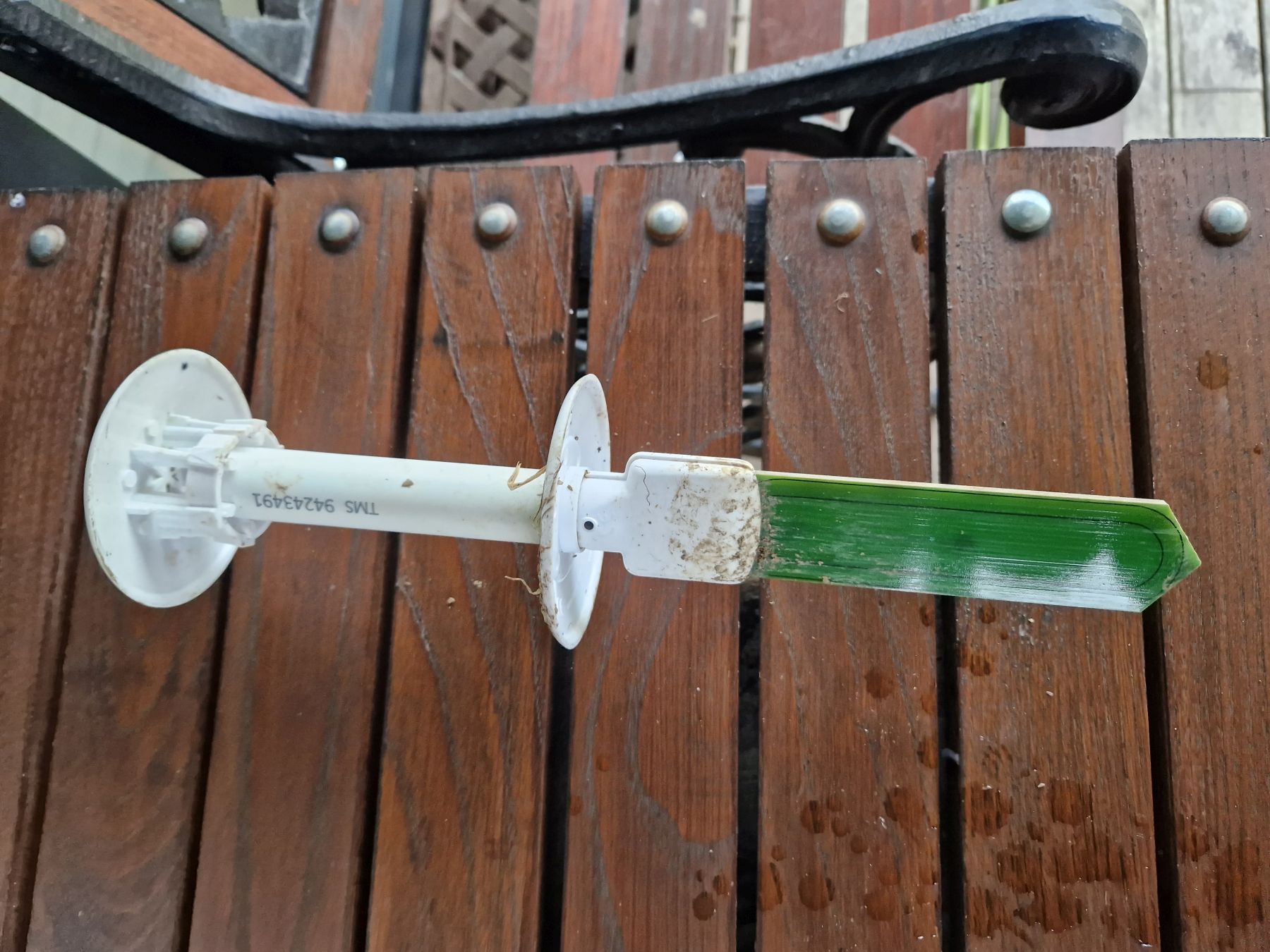
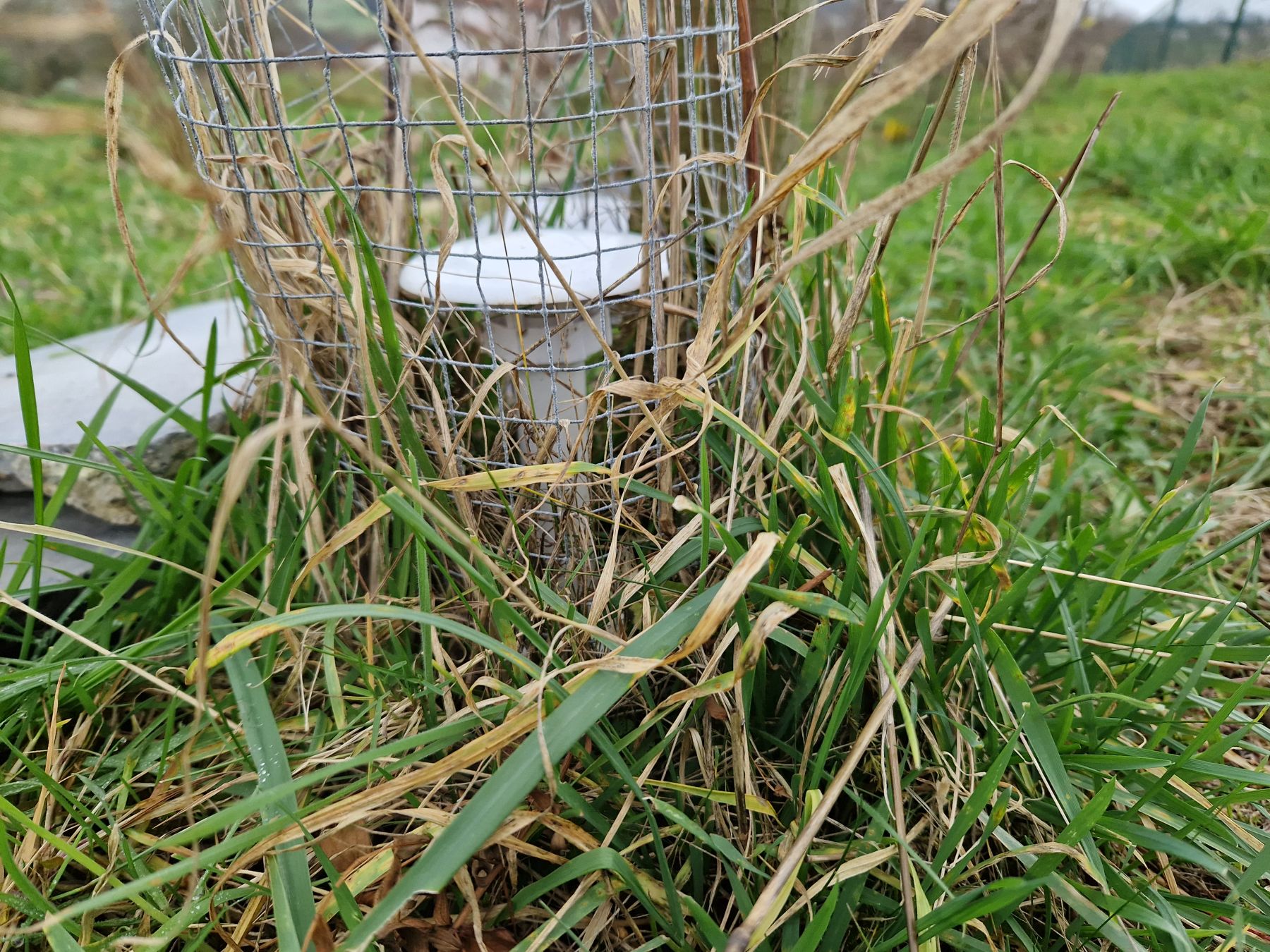
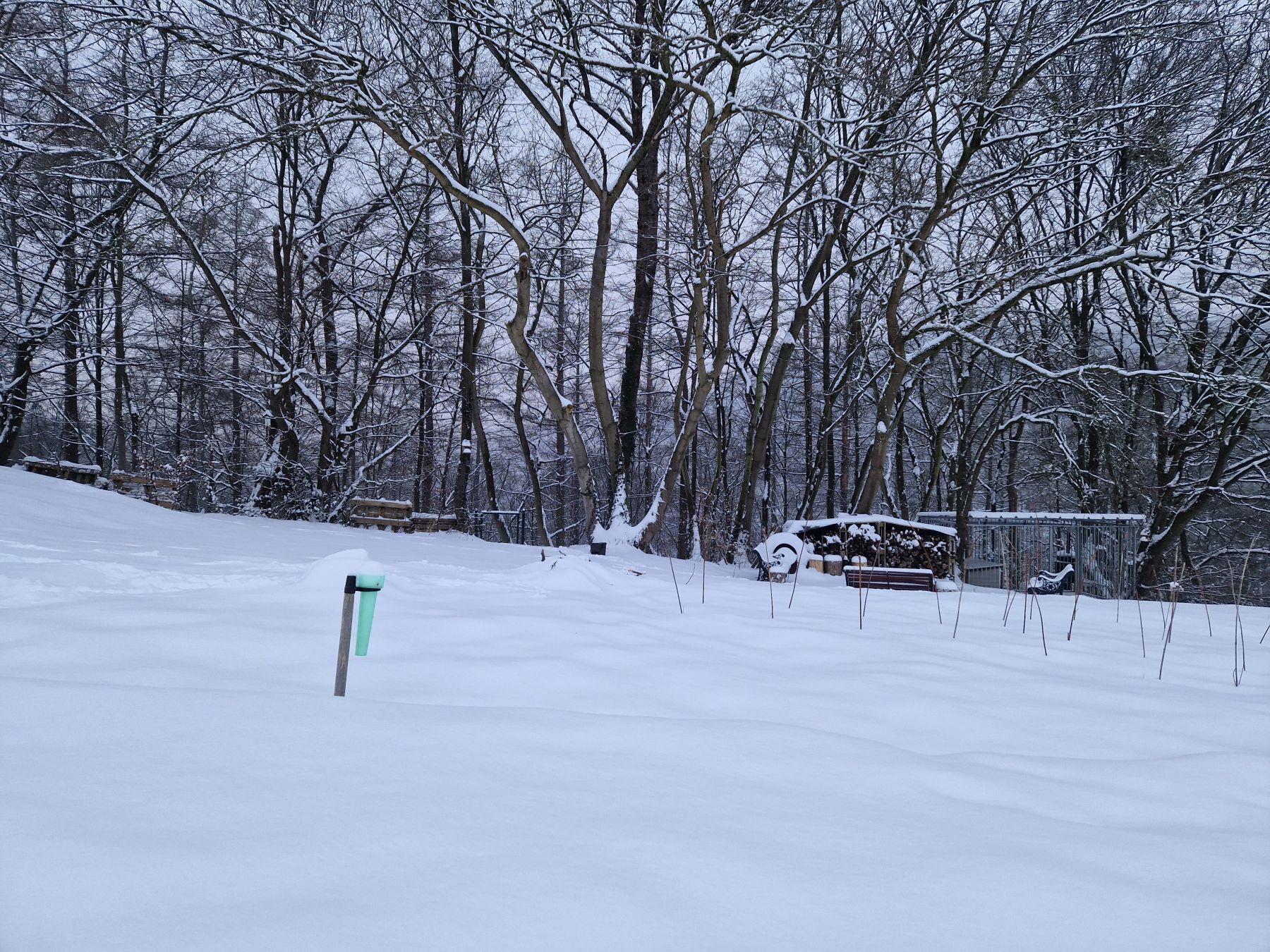
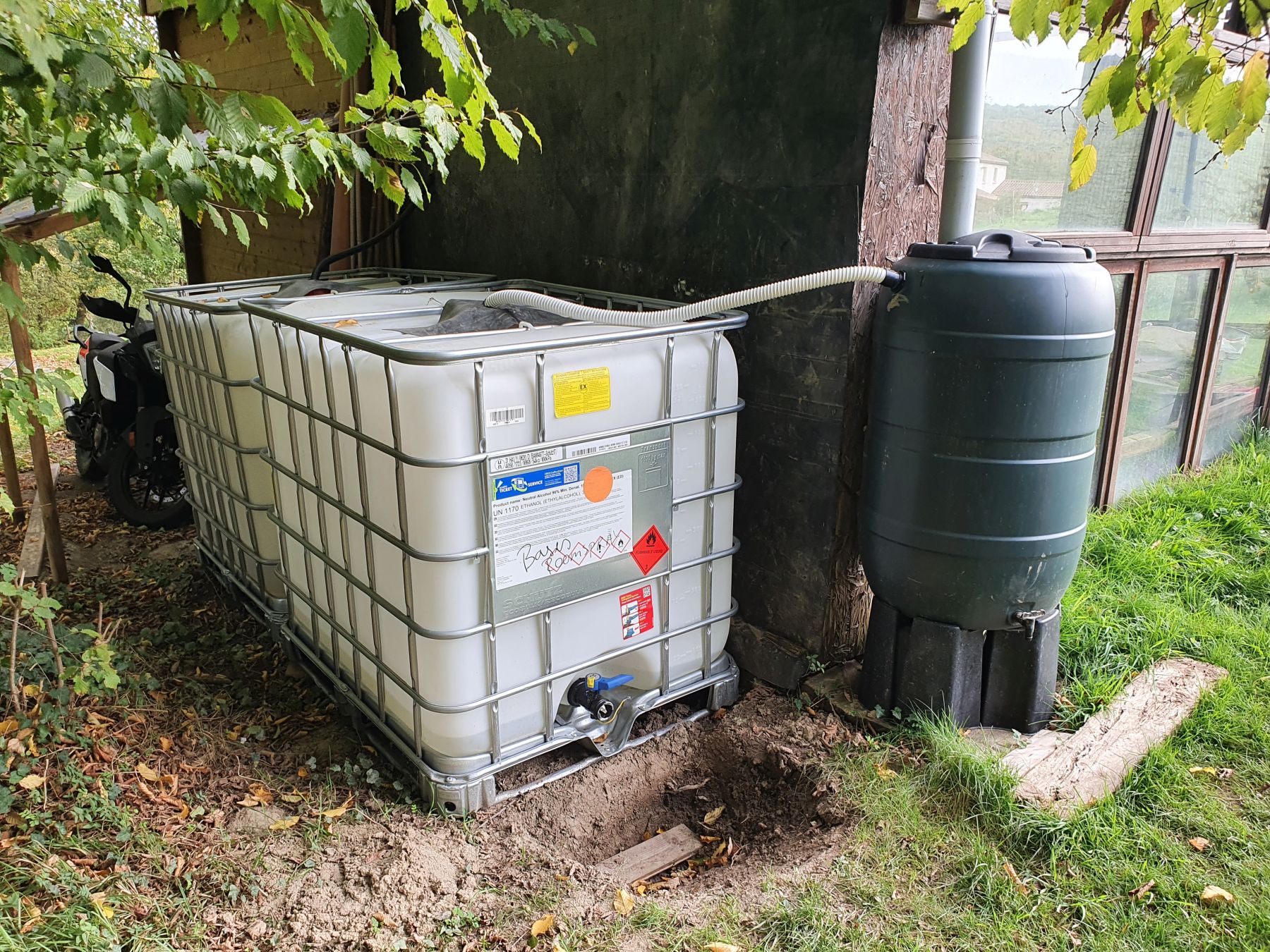
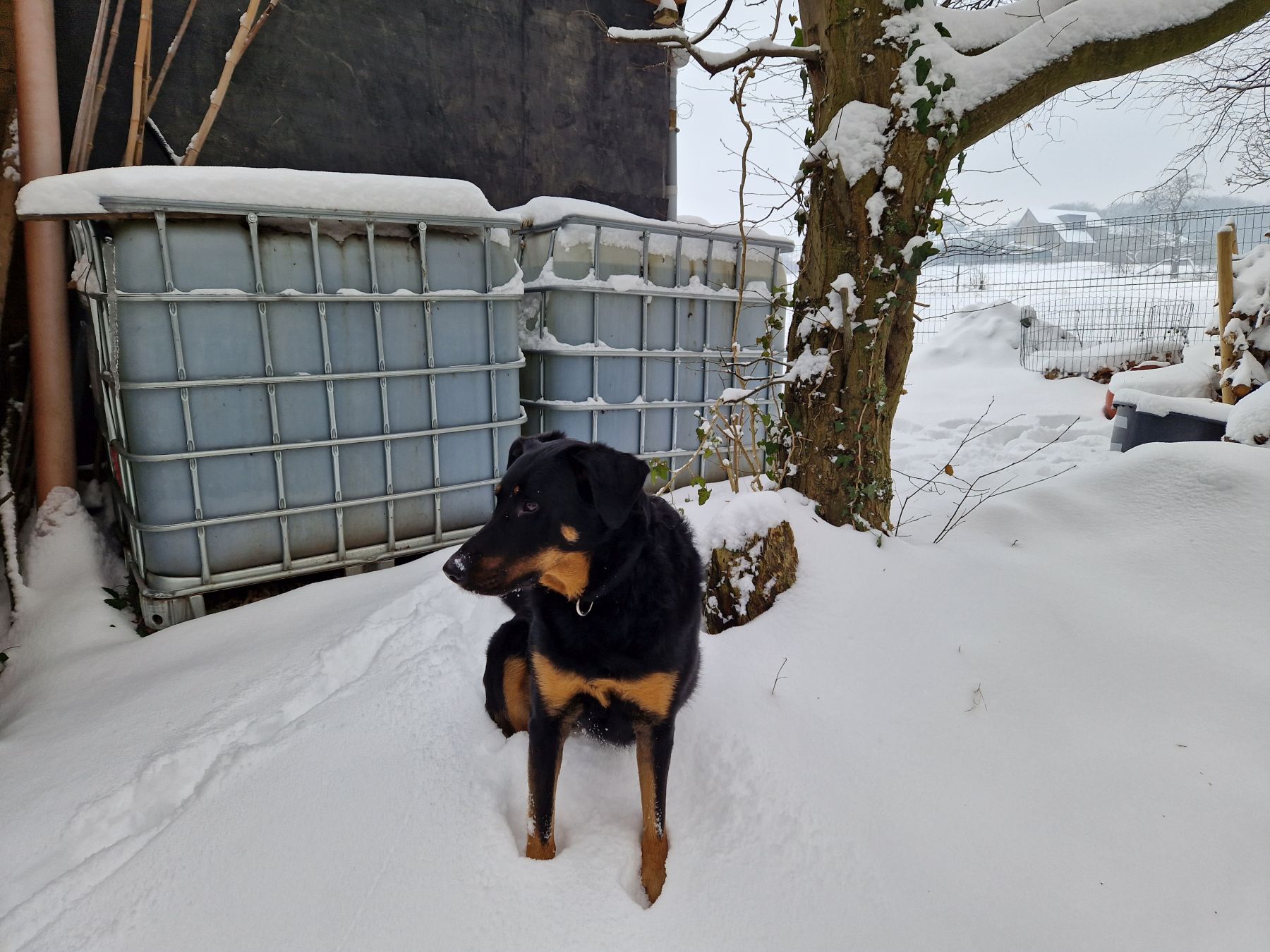
Reduce the impact of climate on your garden
18/01/2024
You already read that we at IMBY are fans of citizen science in our blog about the 1000-species garden challenge, for which we like to recommend the app obsidentify: the species encyclopedia in your pocket. Then again, in our blog on flower meadows, we encouraged our readers to give the 'NoMowMay' and 'ByeByeGazon' campaigns a shot for more nectar for our pollinators. These campaigns are a fun and positive way for everyone to get a taste of ecological gardening, learn about it and if they like it, get straight into it and create positive impact. One garden at a time.
Today, we like to zoom in on the 'Curious Noses in the Garden' campaign with the garden dataloggers. A fascinating project in which measurements of temperature at different depths and soil moisture were taken in 5000 gardens in Flanders in 2021 and 2022. This citizen measurement campaign was created to find solutions to the vagaries of climate and its impact on our gardens. There were heatwaves in the past 5 summers, for example, but at the same time floodings after heavy rainfall. Due to climate change, it does not rain more each year, but the showers become more intense with large amounts of rainfall in a short period of time. For instance, 2023 was one of the warmest years but at the same time also a wet year.

Of course, these are only data from 16 months and in one garden only, so the results of the wider campaign (5000 gardens over 2 years) are more telling:
The sponge effect of your garden depends heavily on its infiltration capacity, or rather the surface area of your plot where water can seep into the soil. This is fine in the green areas, but not in the grey or paved areas, where the water is usually drained into the sewer system. Of course, you can also collect this rainwater from the roofs, divert it and store it in a pond, wadi, cistern, or rain barrel so that you can reuse it on site. So, the adagio is to 'hold' water on-site for as long as possible in the soil or as a reserve. Trees and shrubs absorb a lot of water, so they are also helpful in this regard. The soil type is important: for example, clay soil absorbs 7.6% more water than sandy soil. Of course, there's not much you can do about that. However, you can ensure that no soil is left bare by using green manure or mulch. This is organic matter that retains water, protects your soil and enriches it in the long term. Bare soil tends to become compacted over time and when a heavy rainstorm passes through, the water runs off without penetrating the soil.
Today, we like to zoom in on the 'Curious Noses in the Garden' campaign with the garden dataloggers. A fascinating project in which measurements of temperature at different depths and soil moisture were taken in 5000 gardens in Flanders in 2021 and 2022. This citizen measurement campaign was created to find solutions to the vagaries of climate and its impact on our gardens. There were heatwaves in the past 5 summers, for example, but at the same time floodings after heavy rainfall. Due to climate change, it does not rain more each year, but the showers become more intense with large amounts of rainfall in a short period of time. For instance, 2023 was one of the warmest years but at the same time also a wet year.
Measuring is knowing and soil is everything when it comes to vegetation. So we also bought our own datalogger to measure temperature and humidity in our soil. In addition, we recorded daily precipitation in a simple rain gauge in our vegetable garden. Even though we are fans of the rolling Condroz hills, our shallow stony garden soil on a steep slope also presents some challenges. Only the bravest plants with solid 'root piercing' capacities survive. Those that arrive spontaneously or present in the seed bank naturally thrive best. The introduction of other native species succeeds with varying degrees of success with some surviving but remaining small. In the vegetable garden, too, Frank notes the same phenomenon wearily. So, a better understanding can certainly help us. Meanwhile, we mulched briskly on, which you read about earlier.
Our datalogger was planted in long grass at the back of our garden in September 2022, at the highest point of the slope (170m altitude). Early this year 2024 we download the data. What did we learn?
- As expected, air temperature (+12 cm) is much more erratic than soil temperature (-10 cm) which is more buffered.
- On heatwave days of 30-32°C, the air temperature (+12 cm) does not rise above 25°C. The (long) grass certainly plays a cooling role here.
- From January to May and November-December, our soil moisture is constant (40%) even though there was almost no rain in February. In general, it seems that at cooler temperatures of 15° C and below, soil moisture stays around 40% even though monthly rainfall fluctuates a lot (12 mm to 121 mm per month)
- After a month without any rain, mid-June - mid-July 2023, it rained 40 mm (22 june) in one day. This doubled the soil moisture from 20% to 40%) which was back to the 20% level one month later with limited rainfall, so the loamy soil holds the water for a while anyway.

Of course, these are only data from 16 months and in one garden only, so the results of the wider campaign (5000 gardens over 2 years) are more telling:
The good news is that the design of your garden and its maintenance greatly determine the cooling effect of your garden and location is less important. More green and less grey (paving), longer grass and less mowing, a hedge instead of a fence and, where possible, about 5 trees contribute a lot to the cooling effect of your garden. These interventions effectively lower the temperature by several degrees in your garden. This benefit is more pronounced in the countryside than in the city, where the heat island effect also matters.
The sponge effect of your garden depends heavily on its infiltration capacity, or rather the surface area of your plot where water can seep into the soil. This is fine in the green areas, but not in the grey or paved areas, where the water is usually drained into the sewer system. Of course, you can also collect this rainwater from the roofs, divert it and store it in a pond, wadi, cistern, or rain barrel so that you can reuse it on site. So, the adagio is to 'hold' water on-site for as long as possible in the soil or as a reserve. Trees and shrubs absorb a lot of water, so they are also helpful in this regard. The soil type is important: for example, clay soil absorbs 7.6% more water than sandy soil. Of course, there's not much you can do about that. However, you can ensure that no soil is left bare by using green manure or mulch. This is organic matter that retains water, protects your soil and enriches it in the long term. Bare soil tends to become compacted over time and when a heavy rainstorm passes through, the water runs off without penetrating the soil.
Needless to say, an ecological garden is also a climate-proof garden, with as much planting as possible, paving only where necessary and limited(er) mowing. You already noticed: our climate is shifting and what we call extremely hot summers and water bombs are becoming the new normal. Tackling global climate change is largely out of our reach, but we can design and manage our gardens in a greener way to reduce its impact (also called "climate adaptation"). On that front, the results of the campaign ‘Curious Noses in the Garden’ are promising, very concrete and often easy to implement in your garden. Contact us if you want more info.
Meanwhile, we continue to work on our garden, continue to take data, interpret, and improve the soil with more organic matter and, in the meantime, dream of an even more diverse flower meadow and a more productive vegetable garden.
Comments
No comments have been added yet. Be the first to add a comment. Add a comment


